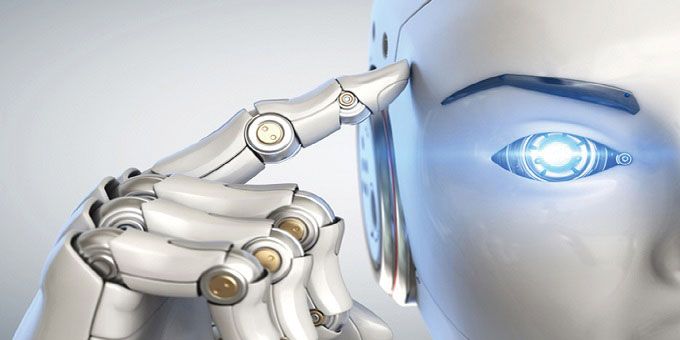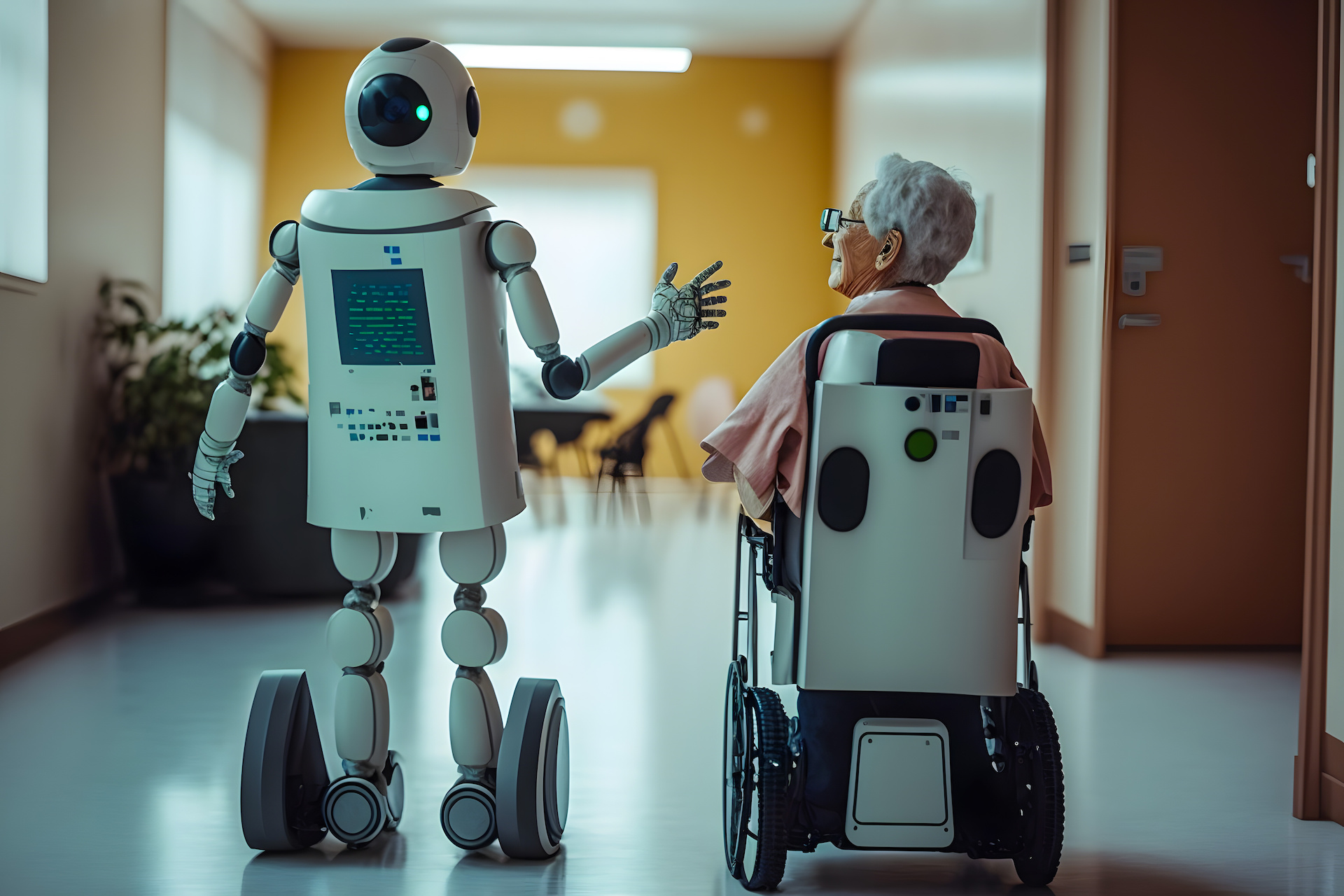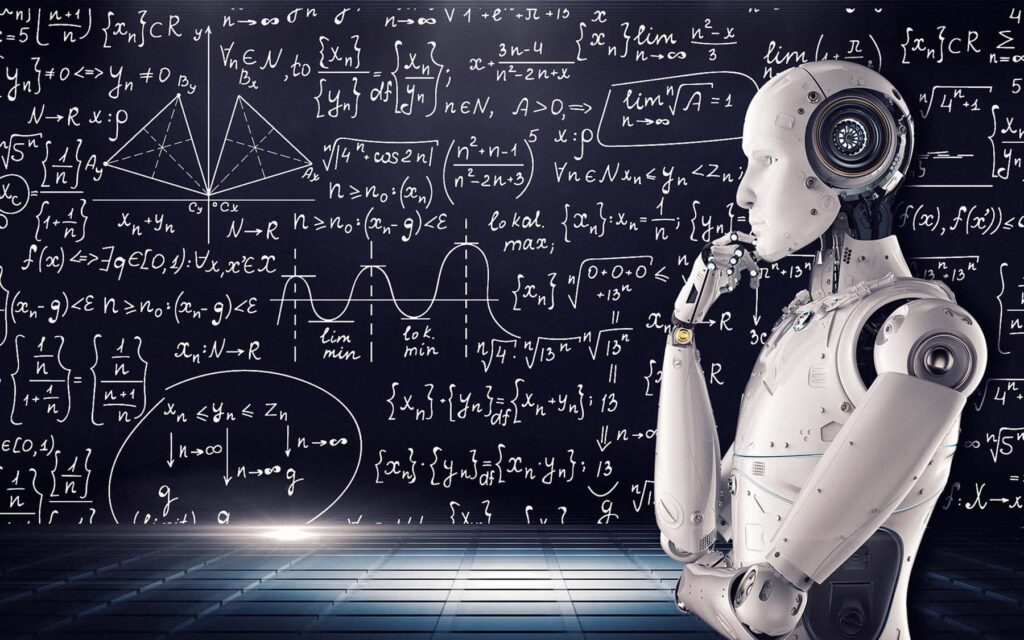Smart robots are advanced machines that perform tasks autonomously. They use AI to interact and adapt to their environment.
Smart robots are revolutionizing various industries by performing complex tasks efficiently. These robots leverage artificial intelligence and machine learning to make decisions and execute actions. Their applications range from manufacturing and healthcare to customer service and logistics. Businesses benefit from increased productivity and cost savings, while consumers enjoy better services.
Smart robots can analyze data, recognize patterns, and adapt to new information, making them incredibly versatile. They not only reduce human error but also handle repetitive and dangerous tasks. As technology advances, the capabilities of smart robots continue to expand, promising even greater innovations in the future.

Credit: www.amazon.com
Introduction To Smart Robots
Smart robots are changing the world. They help people in many ways. These robots can think and learn. They make life easier and more fun. Let’s learn more about smart robots!
Defining Smart Robots
Smart robots are machines that can learn and make decisions. They use artificial intelligence (AI) to solve problems. They can understand their environment. They also interact with humans.
Here are some key features of smart robots:
- Learning: They learn from experience.
- Sensing: They sense their surroundings.
- Interacting: They communicate with humans.
- Decision-Making: They make choices based on data.
Brief History Of Robotics
Robots have been around for a long time. The idea of robots started in ancient myths. The first real robot was built in the 1950s.
Here is a brief timeline of key events:
| Year | Event |
|---|---|
| 1954 | First programmable robot created |
| 1961 | First industrial robot used in a factory |
| 2000 | Robotic vacuum cleaner introduced |
| 2010 | First social robot launched |
Robots have evolved greatly over the years. Today, smart robots are part of our daily lives. They help in homes, schools, and workplaces. Smart robots are here to stay!
Core Technologies
Smart robots are revolutionizing multiple industries. They rely on advanced core technologies. These technologies allow robots to perform complex tasks efficiently. Key among these are Artificial Intelligence and Machine Learning. Understanding these core technologies will help appreciate the capabilities of smart robots.
Artificial Intelligence
Artificial Intelligence (AI) is the backbone of smart robots. AI enables robots to make decisions. It processes data from sensors and cameras. This helps robots understand their surroundings.
AI allows robots to perform tasks autonomously. They can navigate, interact, and solve problems. AI also helps robots learn from their experiences. This makes them more efficient over time.
Here are some components of AI in smart robots:
- Natural Language Processing (NLP): Enables robots to understand human language.
- Computer Vision: Allows robots to see and interpret visual information.
- Robotic Process Automation (RPA): Helps robots perform repetitive tasks.
Machine Learning
Machine Learning (ML) is a subset of AI. ML enables robots to learn from data. They improve their performance without explicit programming.
In ML, robots use algorithms to analyze patterns. They make predictions based on data. This helps them adapt to new situations.
Here are some key types of Machine Learning used in smart robots:
- Supervised Learning: Robots learn from labeled data. They predict outcomes based on past data.
- Unsupervised Learning: Robots find patterns in unlabeled data. They group similar data points together.
- Reinforcement Learning: Robots learn through trial and error. They receive rewards for successful actions.
Combining AI and ML makes robots smarter. They perform tasks with greater accuracy and efficiency.
Applications In Industries
Smart robots are transforming various industries by enhancing efficiency and productivity. These advanced machines can perform complex tasks with precision. Let’s explore their applications in different sectors.
Manufacturing
Smart robots have revolutionized the manufacturing industry. They handle repetitive tasks with high accuracy. This reduces human error and increases output. Here are some key applications:
- Assembly Lines: Robots assemble products quickly and efficiently.
- Quality Control: They inspect products for defects with precision.
- Material Handling: Robots move materials safely and swiftly.
- Welding: Automated welding ensures consistent quality.
- Painting: Robots paint surfaces evenly and reduce waste.
Using smart robots, manufacturers can operate 24/7. This boosts productivity and reduces operational costs.
Healthcare
In the healthcare industry, smart robots assist in various critical tasks. They improve patient care and streamline operations. Here are some significant applications:
- Robotic Surgery: Robots perform precise surgeries with minimal invasiveness.
- Patient Monitoring: Automated systems continuously monitor patient vitals.
- Medication Dispensing: Robots ensure accurate medication administration.
- Rehabilitation: Robotic devices assist patients in physical therapy.
- Laboratory Automation: Robots handle samples and conduct tests efficiently.
Smart robots in healthcare enhance treatment quality and patient safety. They also help reduce the workload on medical professionals.
Advancements In Robotics
The field of robotics has seen significant advancements in recent years. Smart robots are now more intelligent and capable. These advancements have led to improved efficiency and new applications in various sectors.
Autonomous Navigation
Autonomous navigation is a major breakthrough in robotics. Robots can now navigate complex environments without human intervention. They use sensors and algorithms to understand their surroundings.
- Robots use LiDAR to detect obstacles.
- Cameras help in visual processing.
- GPS provides location data.
With these technologies, robots can move freely in warehouses, hospitals, and even homes. This capability increases their usefulness in daily tasks.
Human-robot Interaction
Human-robot interaction is crucial for the integration of robots in society. Recent advancements have made interactions more natural and intuitive.
- Voice recognition allows robots to understand spoken commands.
- Facial recognition helps robots identify people.
- Gesture control enables robots to respond to hand movements.
These features make robots more accessible and easier to use. People can now communicate with robots just like they do with other humans.
| Technology | Benefit |
|---|---|
| Voice Recognition | Easy command input |
| Facial Recognition | Personalized interaction |
| Gesture Control | Hands-free operation |
Benefits Of Smart Robots
Smart robots are transforming various industries. They offer numerous benefits that enhance productivity and efficiency. Let’s dive into the key advantages of smart robots in different sectors.
Increased Efficiency
Smart robots can perform repetitive tasks with high precision. This increases efficiency in manufacturing and other industries. Unlike humans, robots do not get tired. They can work continuously without breaks.
Robots can handle dangerous tasks, keeping humans safe. They are programmed to follow exact instructions, reducing errors. This reliability leads to faster production times.
In warehouses, robots can quickly sort and organize products. This speeds up inventory management and reduces delivery times. Robots equipped with AI can learn and adapt, further boosting productivity.
Cost Reduction
Smart robots can significantly cut costs for businesses. They reduce the need for human labor in repetitive and dangerous tasks. This lowers labor costs and minimizes workplace injuries.
Robots also reduce material waste through precise operations. This leads to more efficient use of resources. Over time, the investment in robots pays off through savings in labor and materials.
The maintenance costs for robots are generally lower than human labor. Robots do not require health benefits, breaks, or vacations. They can work 24/7, ensuring continuous production without extra costs.
| Aspect | Human Labor | Smart Robots |
|---|---|---|
| Efficiency | Varies, prone to errors | Consistent, error-free |
| Cost | Higher due to wages, benefits | Lower over time |
| Safety | Risk of injuries | Handles dangerous tasks |
- Increased Efficiency: Faster, precise operations.
- Cost Reduction: Lower labor and material costs.
- Safety: Reduced risk of workplace injuries.
Challenges And Limitations
Smart robots are transforming various industries with their advanced capabilities. Despite their potential, they face significant challenges and limitations. These obstacles must be addressed to harness their full potential.
Technical Barriers
Technical barriers are a major hurdle for smart robots. Developing robust artificial intelligence (AI) is complex. AI algorithms require vast amounts of data. Data collection and processing can be expensive and time-consuming.
Another challenge is hardware limitations. Smart robots need advanced sensors and processors. These components are often costly. Additionally, ensuring seamless integration between hardware and software is difficult. This integration is crucial for efficient robot performance.
Battery life is another technical barrier. Smart robots need long-lasting power sources. Many current batteries do not last long enough. This limitation affects the robot’s operational time and efficiency.
Ethical Concerns
Ethical concerns are significant in the development of smart robots. Privacy is a major issue. Smart robots often collect sensitive data. This data can be misused if not properly protected.
Another ethical concern is job displacement. Smart robots can perform tasks that humans do. This could lead to job losses. Ensuring that robots complement rather than replace human workers is crucial.
Bias in AI is also an ethical issue. AI systems learn from data. If the data is biased, the AI will be biased too. This can lead to unfair outcomes.
| Challenge | Details |
|---|---|
| Technical Barriers | AI development, hardware limitations, battery life |
| Ethical Concerns | Privacy, job displacement, AI bias |
Future Trends
Smart robots are changing our world. They are becoming more advanced every day. Future trends show exciting developments. These robots will soon be part of our daily lives.
Integration With Iot
The Internet of Things (IoT) connects devices. Smart robots can connect to these devices too. Imagine a robot talking to your fridge. It can check food and suggest meals.
Robots can control smart home devices. They can turn off lights or lock doors. This helps make life easier.
Robots In Daily Life
Smart robots will help with daily tasks. They can clean homes and cook meals. This saves time for families.
Robots can also help in schools. They can teach kids and help with homework. This makes learning fun.
| Task | Example |
|---|---|
| Cleaning | Robot vacuum cleaners |
| Cooking | Robot chefs |
| Teaching | Robots in classrooms |
- Smart robots will connect to IoT devices.
- They will help with daily tasks.
- They will make life easier and more fun.

Credit: www.roboticstomorrow.com

Credit: www.allerin.com
Frequently Asked Questions
What Is A Smart Robot?
A smart robot is an autonomous machine that uses AI to perform tasks intelligently. It adapts and learns from its environment.
What Is The Smartest Robot?
The smartest robot is Sophia by Hanson Robotics. It uses advanced AI to engage in human-like conversations and expressions.
What Can Intelligent Robots Do?
Intelligent robots can perform complex tasks, assist in healthcare, automate manufacturing, and provide customer service. They also analyze data and enhance productivity.
What Is The Most Advanced Robot Today?
The most advanced robot today is Boston Dynamics’ Atlas. It excels in mobility, agility, and autonomous navigation.
Conclusion
Smart robots are revolutionizing industries with efficiency and precision. They offer numerous benefits, from increased productivity to enhanced safety. As technology advances, their capabilities will only grow. Embracing smart robots can lead to a more innovative and productive future. Stay updated on this exciting trend to harness its full potential.

